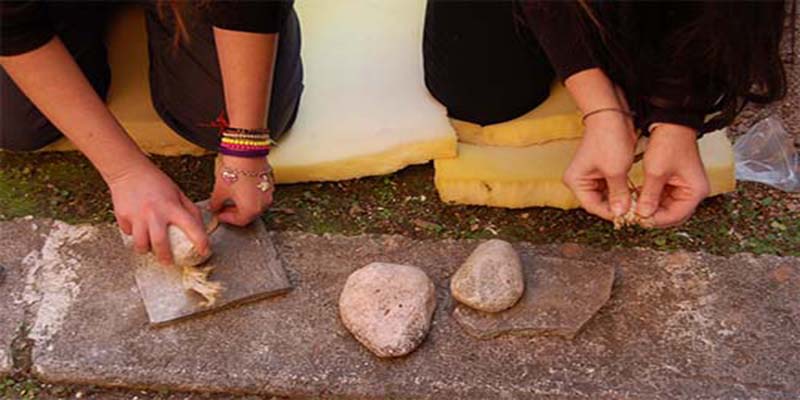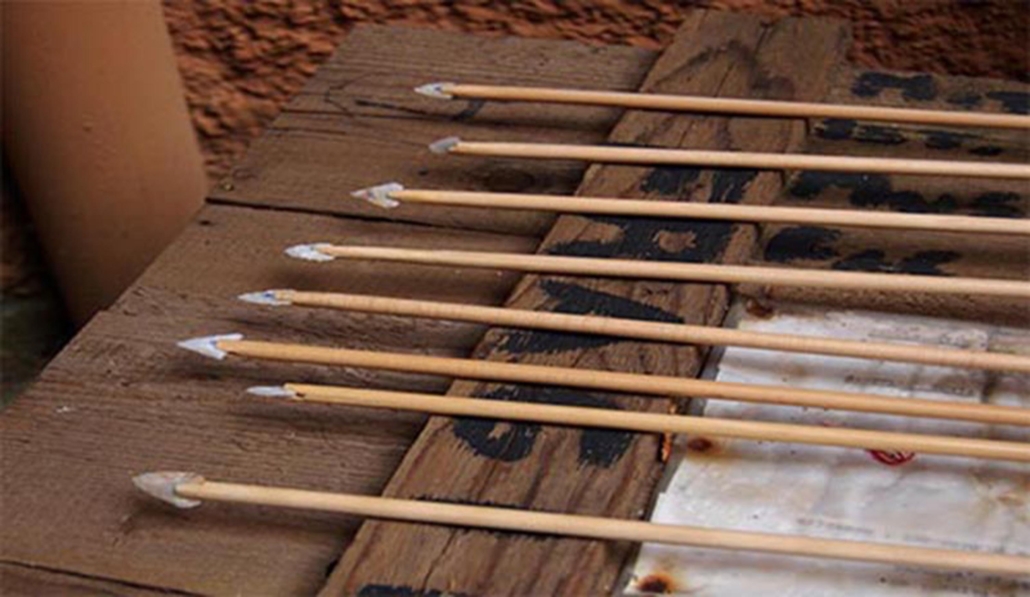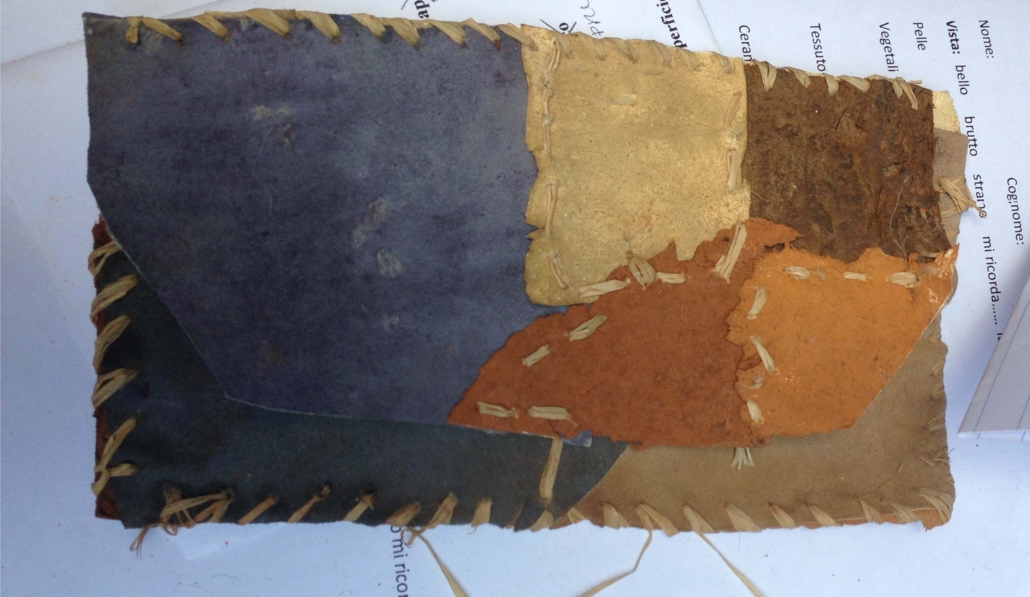
Lemorini et al. 2020 PlosOne
Experimental activities play an important role in both teaching and research programs carried out in LTFAPA laboratory.
Experimental frameworks are organized and done during BA and MA courses of Experimental Archaeology taught by C.Lemorini. Moreover, other experimental sessions are done systematically in the laboratory to test hypotheses generated by traces and residues analyses of archaeological contexts. The experiments are organized and directed by scholars and PhD candidates with the assistance of MA and BA.
In many occasions, experimental protocols are organized and carried out in collaboration with experienced artisans that give key input for the proper construction of the experiments. For basketry activities and dying activities we collaborate with Giovanni Morra, Parco Naturale di Gianola e Monte Scauri (LT) and for weaving and textile experiments we collaborate with Assunta Perilli, “La Fonte della Tessitura”, Campotosto (AQ) and Elena Ciccarelli, Officina Temporis, Macerata (MC). The experimental sessions organized with students allow them to experience gestures, activities, tools that are not part of their cultural background. Moreover, they take part in the realization of frameworks that are intended to verify hypotheses related to technological and functional questions to interpret the Past. Therefore, they learn how to record what they are doing and how to express their impressions on the experiments carried out.
To know more about Experimental Archaeology and Experimental Activities visit the EXARC website: https://exarc.net
Residues Analysis

SEM-EDX spectrum(Lemorini et al. 2020 PlosOne)
Residues analysis deals with the interpretation of the micro-residues entrapped in the surface of the tools and pertaining to the material worked by the tool itself. Residues analysis comprehends various independent techniques: morphological observations, bio-chemistry, spectroscopic, elemental techniques.
LTFPA laboratory integrates morphological observations, the elemental analysis by SEM-EDX with FTIR spectroscopy and Raman spectroscopy. and Principal Component Analysis (PCA). Spectroscopy is carried out by Stella Nunziante Cesaro (SMATCH Association, Rome), by A.Nucara and collaborators (Dept. of Physics, Sapienza University, Rome) and thanks to the facilities of the INFN (Frascati, Rome).
LTFAPA laboratory organized the first international workshop aimed to discuss the integration between traces and residues analyses: “An integration of use-wear and residues analysis for the identification of the function of archaeological stone tools” (Rome (Italy), 5th– 7th of March 2012.
A selection of FTIR spectra of residues detected on chipped stone tool replicas made of flint and obsidian is available for consultation here. (FTIR reference collection project, founded by Wenner Green Foundation, NY).

FTIR Spectroscopy Spectrum
A selection of FTIR spectra of residues detected on chipped stone tool replicas made of flint and obsidian is available for consultation here.
(FTIR reference collection project, founded by Wenner Green Foundation, NY)
References
C.Lemorini, S.Nunziante Cesaro (eds.), (2014), An integration of use-wear and residues analysis for the identification of the function of archaeological stone tools, BAR (I.S.), Oxford, pp. 63-76. doi: http//:10.30861/9781407312880
Venditti F., Cristiani E., Nunziante-Cesaro S. Agam A., Lemorini C., Barkai R. 2019 Animal residues found on tiny Lower paleolithic tools reveal their use in butchery, Scientific Reports | (2019) 9:13031. Nucara A., Nunziante-Cesaro S., Venditti F., Lemorini C. A multivariate analysis for enhancing the interpretation of infrared spectra of plant residues on lithic artefacts. J. Archaeol. Sci. Rep (2020). https://doi.org/10.1016/j.jasrep.2020.102526.
Lemorini C., Cristiani E., Nunziante Cesaro S., Venditti F., Zupancich A., Gopher A.
The use of ash at Late Lower Paleolithic Qesem Cave, Israel—An integrated study of use-wear and residue analysis, PlosOne (2020). https://doi.org/10.1371/journal.pone.0237502
Nucara A., Nunziante-Cesaro S., Venditti F., Lemorini C. A multivariate analysis for enhancing the interpretation of infrared spectra of plant residues on lithic artefacts. J. Archaeol. Sci. Rep (2020). https://doi.org/10.1016/j.jasrep.2020.102526.
To know more about Residues Analysis, see AWRANA website: http://awrana.org


























